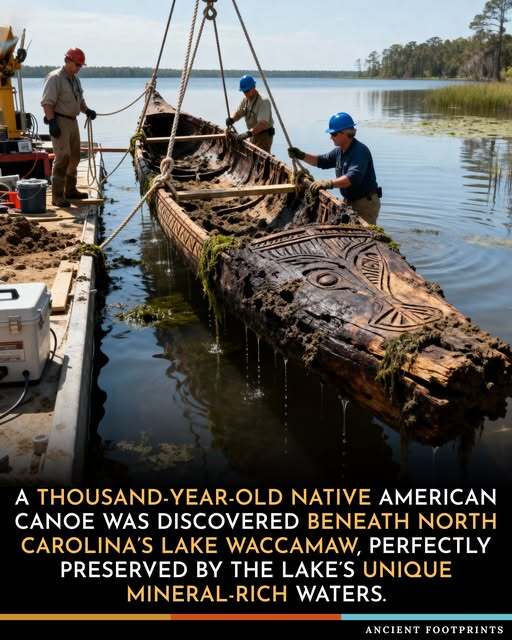How to Use Locals Frequently Asked Questions and Help Topics:
https://support.locals.com/en/article/how-do-i-upload-videos-podcasts-photos-r49es4/
If you need more help contact LOCALS Support at:

🌿 Suzanne Simard discovered that trees communicate and share resources.
It reshapes eveyrhting we know about forest ecology and conservation.
For decades, Canadian ecologist Suzanne Simard has quietly revolutionized how we see forests—not as a collection of competing trees but as thriving, cooperative communities.
Her research on mycorrhizal networks—the underground fungal threads connecting trees—revealed how forests share resources, communicate stress, and nurture new life.
Simard’s landmark 1997 study, which found that birch and fir trees exchange carbon underground, redefined ecological science and sparked global fascination with what she calls “Mother Trees”—old, central trees that support the health and growth of their forest “families.” Her 2021 memoir, Finding the Mother Tree, became a bestseller and is now being adapted into a film starring Amy Adams.
But Simard’s mission is more urgent than fame. Through her Mother Tree Project and collaborations with Indigenous nations, she advocates for sustainable forestry practices that preserve old-growth trees and protect forest ecosystems from irreversible damage. While critics question her use of anthropomorphic language, Simard insists that humanizing forests helps the public understand what’s at stake. With climate change accelerating and ancient forests vanishing, Simard remains a voice of both caution and hope. “These forests were meant to heal,” she says. “And I have to make sure people understand that.”
Source: Cyca, M. (2023, May 16). Suzanne Simard Wants To Change The Way We Look At Trees.
photo: Felicia Chang via Suzanne Simard

Hidden under layers of sediment for nearly a millennium, the 28-foot-long canoe is believed to have been crafted by Indigenous peoples, possibly ancestors of the Waccamaw Siouan Tribe. Its extraordinary length suggests it was used for long journeys, fishing, or transporting goods across the region’s waterways. When archaeologists uncovered it, they were stunned by how intact the vessel remained, from its smooth carved lines to its overall shape.
The preservation of the canoe is a scientific marvel. Typically, wood deteriorates underwater, but the chemical balance of Lake Waccamaw created the perfect environment to protect it. This has allowed modern researchers to study the craftsmanship and design techniques used by early Indigenous builders, offering a rare window into the technological and cultural achievements of pre-colonial America.
More than an artifact, the canoe is a bridge between past and present. Found in the summer of 2021 by three teenagers who first mistook it for a ...


How to Use Locals Frequently Asked Questions and Help Topics:
https://support.locals.com/en/article/how-do-i-upload-videos-podcasts-photos-r49es4/
If you need more help contact LOCALS Support at: